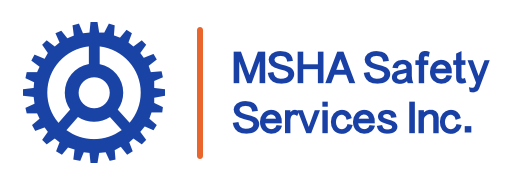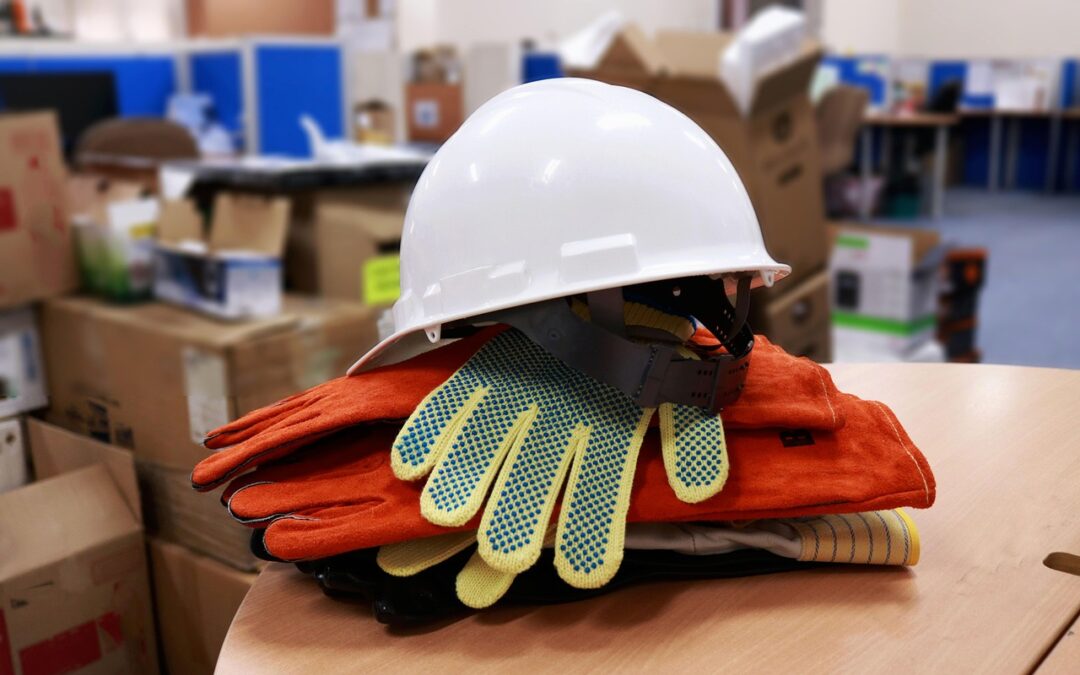Roof falls are among the most dangerous and common hazards in coal mining. These incidents can result in severe injuries, fatalities, equipment damage, and major operational disruptions. That’s why adopting the best practices for roof fall prevention and reporting in coal mines is essential to protecting mine workers and ensuring uninterrupted productivity. With the right knowledge, tools, and training, mining companies can identify risks early, stabilize roof structures, and create safer working conditions underground.
Understanding the Causes and Impacts of Roof Falls
Roof falls happen when the overhead rock or strata collapses in an underground coal mine. Causes may include natural weakening of rock layers, poor support systems, seismic activity, or water infiltration. Impacts range from physical harm to workers to extended downtime for repairs and investigations. In many cases, roof falls can be predicted and prevented with proper monitoring and early intervention.
The Importance of Roof Support Systems and Maintenance
Strong and well-maintained roof support systems are key to preventing falls. Common supports include roof bolts, steel beams, wire mesh, and hydraulic jacks. Regular inspections help detect wear or misalignment before they lead to failure. Routine tightening, testing, and replacing of support components ensures ongoing safety. Implementing consistent maintenance programs can reduce the risk of roof falls and improve workplace morale.

Risk Assessment and Geotechnical Strategies for Roof Stability
Conducting a thorough risk assessment is the foundation for effective roof control. Geotechnical data, like rock quality and bedding plane orientation, should be collected and analyzed before mining begins. Strategies such as mapping high-risk areas, reinforcing weak zones, and customizing support plans based on local geology help maintain roof stability. Including engineers in planning processes can significantly enhance outcomes.
Monitoring Roof Conditions with Technology and Software
Modern tools make it easier to monitor underground conditions. Devices like extensometers, convergence meters, and seismic sensors track roof movements and stress levels. Advanced software systems can analyze this data in real-time, alerting teams to changes before failure occurs. Incorporating technology into daily operations is one of the most effective best practices for roof fall prevention in coal mines.
Compliance with MSHA Regulations: Roof Control and Safety Standards
The Mine Safety and Health Administration (MSHA) requires every underground coal mine to have an approved roof control plan. These plans outline the types of supports used, installation methods, and inspection procedures. Compliance ensures legal protection and safer working environments. Regular updates and retraining help mines adapt to changes in equipment or geology.
Prevention Strategies and Innovative Safety Practices
Beyond regulations, innovation is driving safer mines. Prevention strategies include:
- Pre-mining surveys using ground-penetrating radar.
- Installing automated roof bolt tension monitoring systems.
- Using polyurethane resin for rapid roof reinforcement.
- Encouraging near-miss reporting to identify problem areas early.
Creative problem-solving and a proactive mindset often make the biggest difference in preventing roof falls.
Training, Certification, and Awareness for Safer Mines
Worker training is a frontline defense. All miners should understand how to recognize signs of roof instability, properly install supports, and follow reporting procedures. Certification programs help ensure workers meet competency standards. Ongoing awareness campaigns keep safety top of mind and encourage accountability throughout the workforce. MSHA Safety Services provides online training to keep your team up to date. MSHA Safety Services is committed to delivering high-quality training through engaging, interactive methods that help employees stay focused, enjoy the learning experience, and retain critical safety information more effectively. Visit our website for more information.
Emergency Response to Roof Falls: Protocols and Procedures
If a roof fall does occur, immediate response is crucial. Emergency procedures should include:
- Evacuation plans with clearly marked escape routes.
- Communication protocols to alert supervisors and MSHA.
- First aid readiness and rescue training.
- Post-incident reviews to learn from the event.
A swift and coordinated response can reduce harm and speed recovery.
Reporting and Analyzing Roof Fall Incidents
Proper reporting is not just a requirement—it’s a learning tool. Each incident should be documented with details like location, time, environmental conditions, and contributing factors. Analyzing this data can reveal trends and areas for improvement. Sharing insights across teams and sites helps spread successful prevention practices and reduce repeat events.
Strengthening Mine Safety Through Proactive Roof Fall Prevention and Reporting
The best practices for roof fall prevention and reporting in coal mines go beyond checklists and compliance. They involve understanding geological risks, maintaining support systems, leveraging technology, and empowering workers. When everyone—from management to miners—takes responsibility for roof safety, the result is a safer, more efficient, and more sustainable mining operation.

